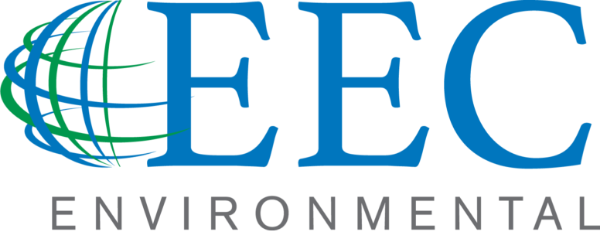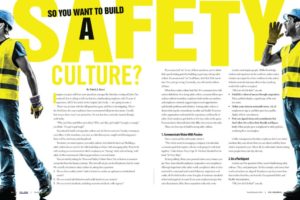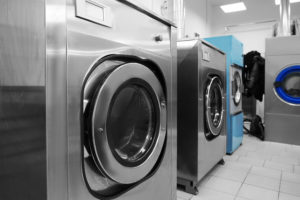When it comes to compliance, you can learn a lot by reviewing the safety requirements that OSHA most frequently finds to be in violation. This enables you to review your own operations for similar compliance issues and implement corrective action before OSHA comes calling. View the Infographic below to learn more about OSHA’s top 10 most frequently found safety violations.
Infographic created by EEC Environmental; Information was taken from OSHA.
1 – Fall Protection in Construction Work: Consider your work area. Are there locations from which someone could fall? What sort of protection is in place to prevent a fall? And is there equipment to stop a fall?
2 – Hazard Communication: You must ensure that the hazards of all chemicals are labeled correctly. The requirements must be consistent with the provisions of the United Nations Globally Harmonized System of Classification and Labeling Chemicals (GHS).
3 – Scaffolding in Construction Work: Inspect and check daily. Take no chances. Scaffolding must be inspected by the scaffolding contractor after erection, and before use. Don’t remove or allow removal of any parts. Leave this to the scaffolding contractor only.
4 – Respiratory Protection: If you use a respirator, you must be cleanly shaven. Facial hair limits the effectiveness of the face-to-facepiece seal. Fit testing is also required prior to respirator use.
5 – Lockout/Tagout: Lockout/tagout is more than just putting a lock on the main electrical disconnect to a machine or part of a machine. You should always follow the lockout/tagout plan and verify that each potential hazard has been “de-energized” before starting a job.
6 – Powered Industrial Trucks: Ensure that a daily lift truck inspection is completed for each lift truck, prior to use. Do not use a lift truck if the checklist shows that maintenance is required.
7 – Ladders in Construction Work: All ladders shall be maintained in a safe condition and inspected regularly, with the intervals between inspections being determined by use and exposure. Those which have developed defects shall be withdrawn from service for repair or destruction and tagged or marked as “Dangerous, Do Not Use.”
8 – Electrical Wiring, Components, Equipment: Is there any exposed wiring in your work area? Are there any open receptacles? Is all the equipment properly grounded?
9 – General Machine Guarding: It is important that everyone working with or around machinery understands that no guard shall be adjusted or removed. No machine should be started without guards in place. If you see that guards are missing or defective, report it to your supervisor immediately.
10 – Electrical General Requirements: It is a violation when employers use equipment in the workplace that has only been labeled and listed for home use. Never use an extension cord as a permanent connection. An extension cord must be put away at the end of each task.



